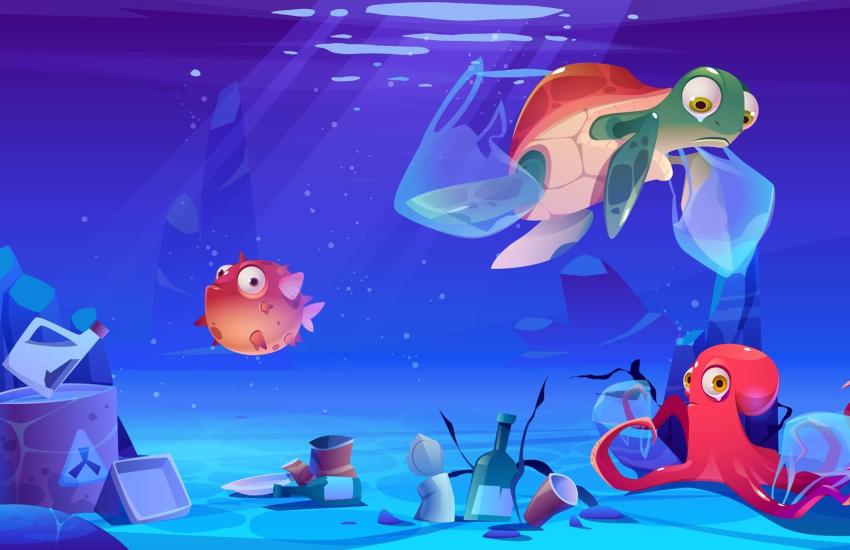Breadcrumb
-
Guidebook
-
Marine Conservation
-
Sea Turtle Conservation: Preserving Endangered Species
Sea Turtle Conservation: Preserving Endangered Species

Sea turtles confront numerous threats, encompassing habitat loss and deterioration, climate change, pollution, entanglement in fishing gear, illegal trade, and predation. The culmination of these challenges has resulted in a decline in sea turtle populations on a global scale. Conservation endeavors are directed at tackling these threats and lessening their adverse effects on sea turtles.
Nesting Habitat Protection
Preserving the nesting habitats of sea turtles is crucial for their survival. Creating and effectively managing protected zones, including nesting beaches and marine protected areas, is essential to shield nesting sites from development, disturbance, and pollution. These protected areas offer secure environments for sea turtles to lay their eggs and for hatchlings to safely navigate their way to the sea.
Nesting Beach Monitoring and Protection
Monitoring and protecting sea turtle nesting sites is crucial for successful conservation. Conservationists and volunteers track nesting activity, protect nests from predation and disturbance, and ensure hatchlings have a safe passage to the ocean. Implementing measures to reduce light pollution on nesting beaches is also important, as it can disorient hatchlings and deter nesting females.
Bycatch Mitigation
Sea turtles often get unintentionally caught in fishing gear, leading to injury or death. Implementing turtle excluder devices (TEDs) in fishing nets and promoting sustainable fishing practices can help reduce sea turtle bycatch. Working with fishermen to raise awareness and provide training on bycatch mitigation techniques is essential for effective conservation.
Conservation Research and Monitoring
Research and monitoring initiatives are essential for comprehending sea turtle biology, population dynamics, and migration patterns. Collecting data regarding sea turtle populations, their habitats, and their interactions with the environment yields invaluable insights for crafting conservation plans. This information assists in steering management choices, assessing conservation approaches, and gauging the efficacy of conservation endeavors.
International Collaboration
Sea turtles are migratory species that traverse across national boundaries. Collaborative efforts among countries are crucial for their conservation. International agreements, such as the Convention on International Trade in Endangered Species of Wild Fauna and Flora (CITES) and regional conservation initiatives, promote cooperation in protecting sea turtles throughout their range.
Public Education and Awareness
Enhancing public awareness regarding sea turtles and the challenges they confront is crucial for conservation. Educational campaigns, community outreach initiatives, and responsible tourism efforts can effectively involve and educate the public about the significance of sea turtle conservation. Encouraging sustainable behaviors, minimizing pollution, and endorsing conservation organizations can bring about a meaningful impact.

